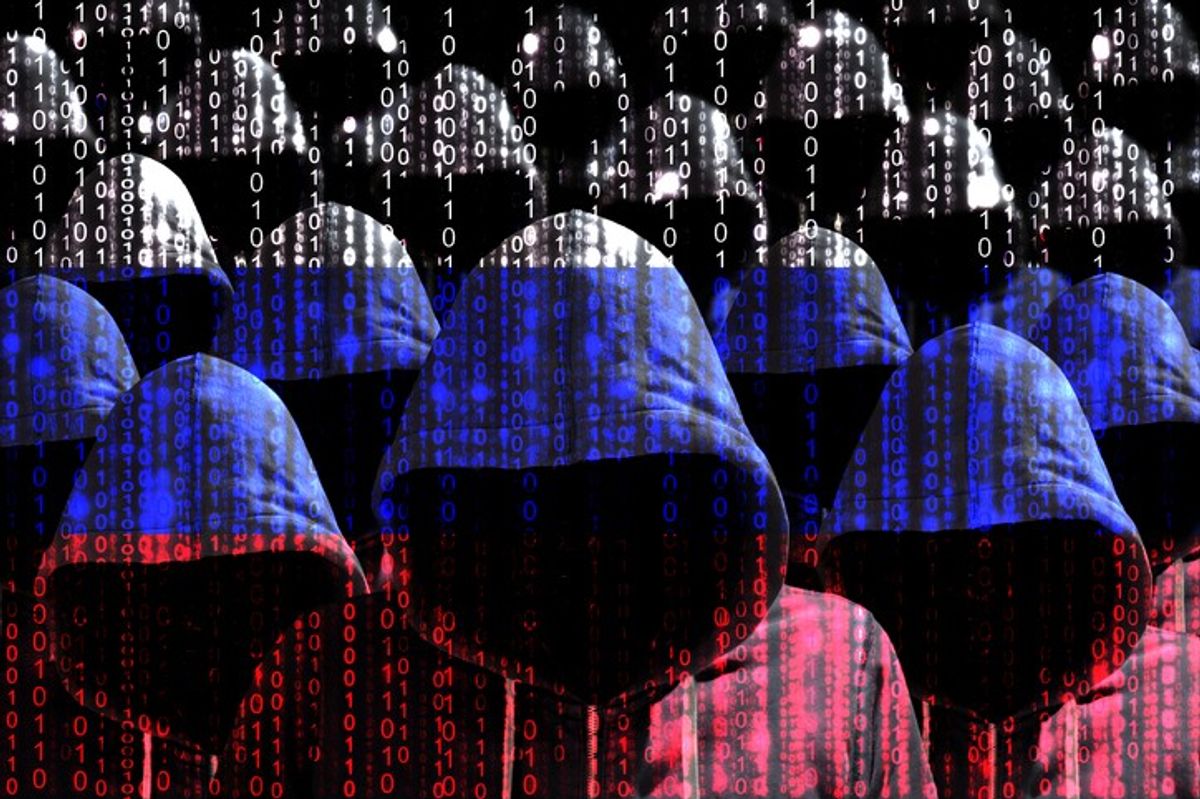The old saying goes that there are only two guarantees in life: death and taxes. But if you’re a Chief Security Officer, you may as well add fast-paced, emerging security threats to the list.
Whether it’s the corporate damage caused by economic espionage, (a topic of conversation that inevitably surrounded the visit of Chinese President Xi last week); or the need for more viable public-private partnerships that allow for protected information sharing; or the understanding that a cyber breach recovery plan is now just as much a necessity in the C-suite as the efforts being made to prevent a breach in the first place, the issues and adversaries for a CSO are evolving quickly.
That’s why The Cipher Brief has partnered with ASIS International, one of the world’s leading security organizations, as they welcome some 20,000 security professionals to Anaheim, California this week to talk about the thornier side of all of these issues.
The group of global experts will hear keynote addresses by Cipher Brief network member and former CIA and NSA Director General Michael V. Hayden (Ret.) and former New York City Police Commissioner Ray Kelly.
It’s not surprising that both of the keynote speakers have held high-ranking government positions, as the issue of public-private cooperation becomes more important in today’s security landscape. The Cipher Brief CEO & Publisher Suzanne Kelly led a panel at Georgetown University on that subject this past week, drawing input from the Director of exercises and training at U.S. Cyber Command, RADML Kevin Lunday, as well as Deputy Director of the National Geospatial-Intelligence Agency Sue Gordon.
Gordon talked about the importance of public-private cooperation in identifying security threats, caused either by geopolitical events (think Syria and refugee migration) to mother nature (the NGA was key in offering maps and geospatial information on the Ebola virus, for example).
Admiral Lunday talked about a classified exercise that Cyber Command participated in this past June that brought multiple members of the private sector into a ‘war-game’ scenario. More than 1,000 participants were put inside a closed computer system to help simulate a whole of nation response to a national threat, so they could see how their current systems and procedures would hold up. The results weren’t widely shared, as the government doesn’t want to tip its hand to the adversary as to where strengths and weaknesses might be, though the activity culminated with a rolling blackout, a very real threat to government and industry alike. We can only imagine the lessons learned were valuable.
There are no war games on the Agenda at ASIS this week but some other issues that will be top of mind for attending CSOs in Anaheim include managing the Internet of Things (IoT) amid concerns stemming from the recent hacking of everything from automobiles to medical devices, to understanding the full array of applications for information generated on social media platforms.
We’d love to hear from you on these issues this week as well, whether you’re at the conference or not. Please send your thoughts on the security landscape to feedback@thecipherbrief.com










